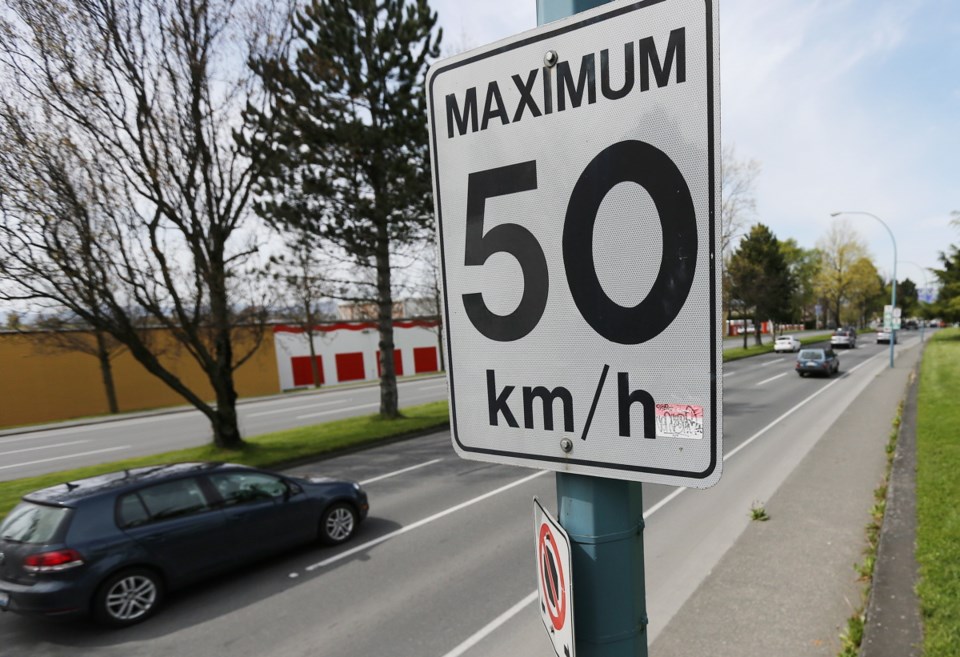Victoria staff are recommending against lowering the speed limit to 40 kilometres an hour on some of the city’s major arterials.
But at least two city councillors hope the public will be allowed to weigh in on the issue before a final decision is made.
“I think consulting the public on speed reductions on several roads is an appropriate step to take,” said Coun. Ben Isitt.
Coun. Shellie Gudgeon agreed, saying that those who live in the neighbourhoods affected should be consulted.
“I’ve heard overwhelmingly that the neighbourhoods of Greater Victoria are for [speed reductions],” Gudgeon said. “They want more, not less. … This is what people who live in these areas want — walkable neighbourhoods.”
Last November, Isitt and Gudgeon won council support for a staff analysis of dropping the posted speed limit to 40 km/h on Richmond Road, Bay Street, Gorge Road, and Douglas Street south of Belleville Street.
But a city staff report, to be discussed Thursday, says technical data does not support the change and recommends the speed limit remain 50 km/h.
The staff analysis says the 85th percentile speed — the speed that no more than 15 per cent of traffic is exceeding — is cited by the Institute of Traffic Engineering guidelines as a good indicator of the appropriate speed on a street. Speed data collected on the arterials in question indicate the 85th percentile is between 47 km/h and 50 km/h.
“I’m not an engineer, so as an elected official I apply different considerations from what our engineers do. I have concerns about the 15 per cent who aren’t captured by the 85 per cent — the people who are breaking the law and are speeding,” Isitt said.
“So, for me, it’s less about what’s the average speed or the 85th percentile speed on a road than what would the impact be of a speeder hitting a child or a senior citizen on a neighbourhood road or a secondary arterial road.”
The report says that the majority of motorists drive at a speed they consider to be reasonable and safe for road, traffic and environmental conditions, and speed limits should be set so that motorists obey them voluntarily. Limits that are set too high or too low for traffic or environmental conditions will be ignored by the majority of drivers.
Gudgeon and Isitt plan to introduce a motion calling on council to hold a special meeting to receive input from the public, particularly neighbourhood associations and residents, to make amendments to the streets and traffic bylaw, adding several roads to the schedule of about 40 that already have special speed zones.
“Several of the roads are already covered by speed zones and we’d be proposing simplifying the language to simply state the name of the road, which would mean the entire road would become a speed zone rather than just a portion of it,” Isitt said.
Roads they are recommending be added to the schedule to become 40 km/h zones include Richmond Road, Southgate Street, Quadra Street, Bay Street between Blanshard Street and Richmond, Gorge Road, Richardson Street, and Douglas Street south of Belleville Street.
They are also proposing that Cook Street between Southgate and Dallas Road be designated 30 km/h.



